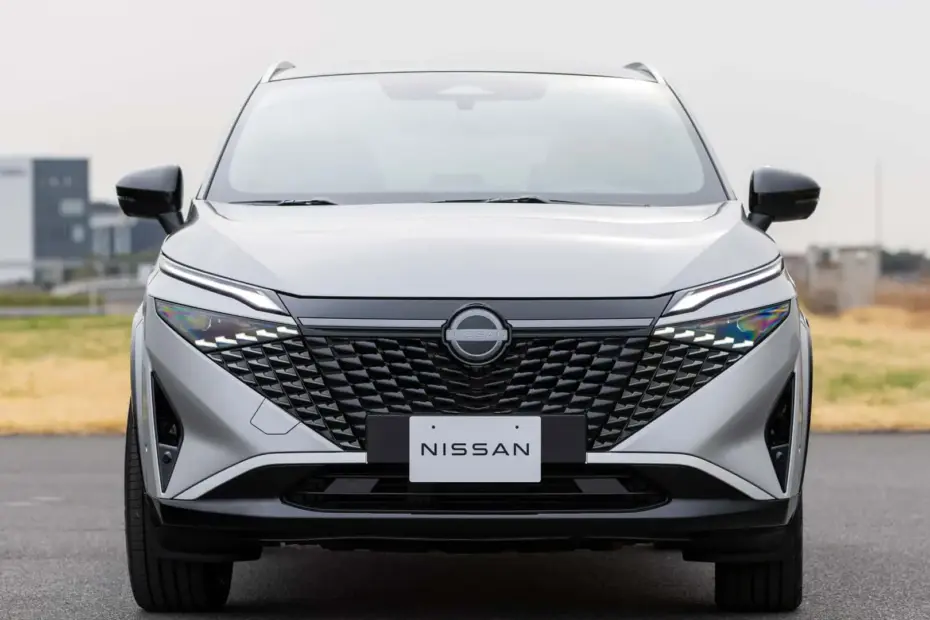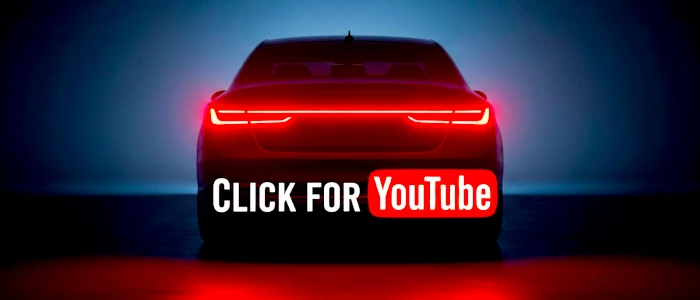Hold onto your hats! Nissan is bringing a hybrid technology to the game that, let’s say, thinks outside the box. It’s called e-Power, and the big twist is: the gasoline engine DOES NOT directly drive the wheels. Confused? No worries; we’ll break down this “revolution” that’s been around since 2016.
What in the World is Nissan’s e-Power?
Think of it this way: e-Power transforms the car into an electric vehicle with a gasoline “generator” onboard. The combustion engine runs exclusively to generate electricity, which either fuels the battery or goes directly to the electric motor. And it’s ONLY the electric motor that drives the wheels. Seems straightforward, right?
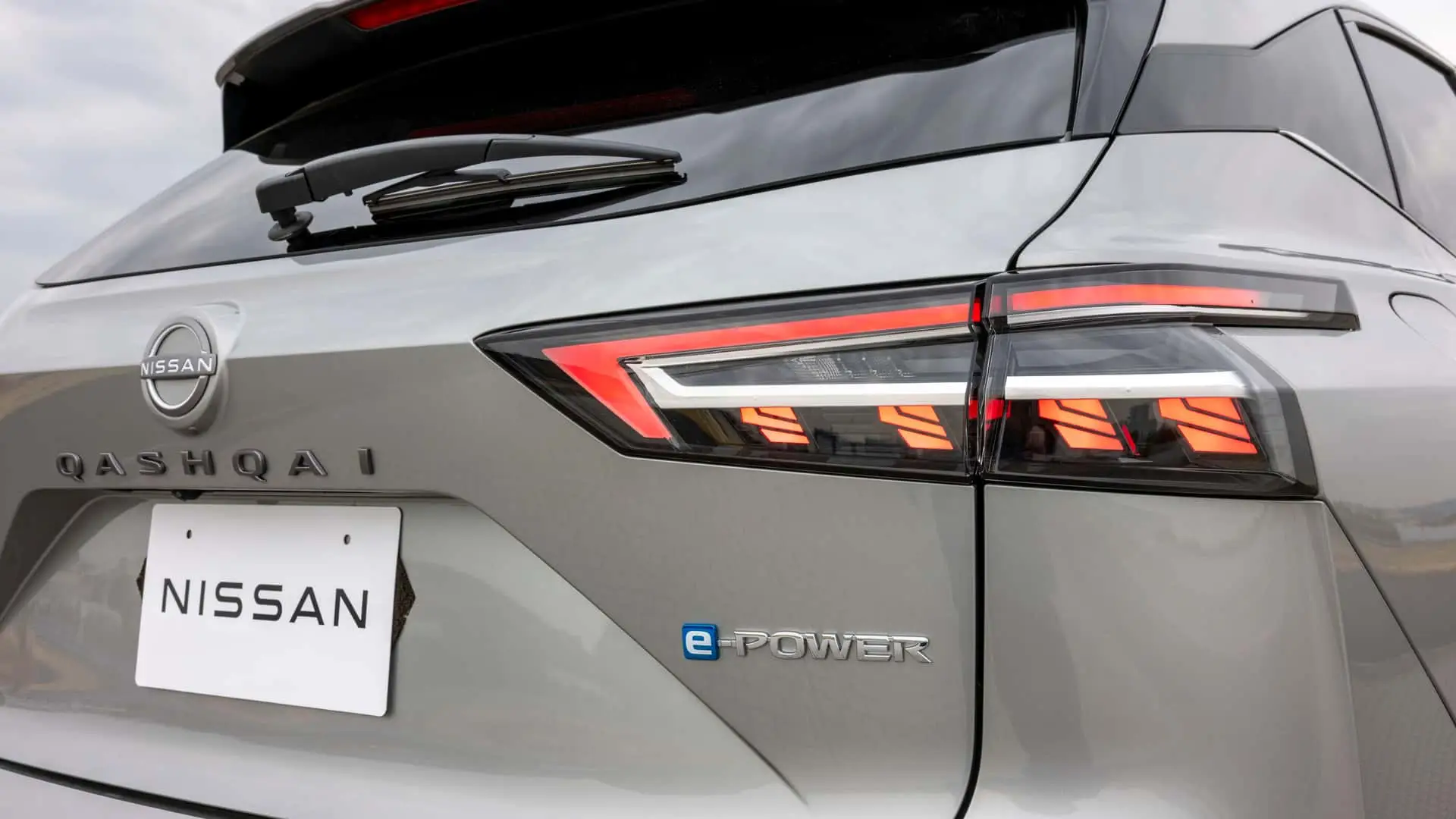
This setup is different from conventional “parallel” hybrids (hello, Toyota and Honda!), where both the gasoline and electric motors can drive the wheels, requiring a complex choreography between the two. With e-Power, the driving experience *aims* to feel more like a pure electric vehicle, with no gear shifts and a smoother power delivery… but does it really succeed?
Heads Up: Not All Rogue Hybrids Will Be Alike!
Get ready for a bit of a brain teaser. Nissan is launching *two* types of Rogue hybrids in the U.S. First up, later this year, comes a “traditional” plug-in hybrid with a parallel system (similar to the Mitsubishi Outlander PHEV). Only after that, in the 2026 model, will the Rogue feature the full-fledged e-Power system.
It’s crucial to understand the differences to avoid buying something that’s not what you expected. e-Power promises an electricity-focused driving dynamic, while the parallel hybrid seeks to balance both worlds. Nissan believes e-Power is the future, but will consumers grasp this mixed bag?
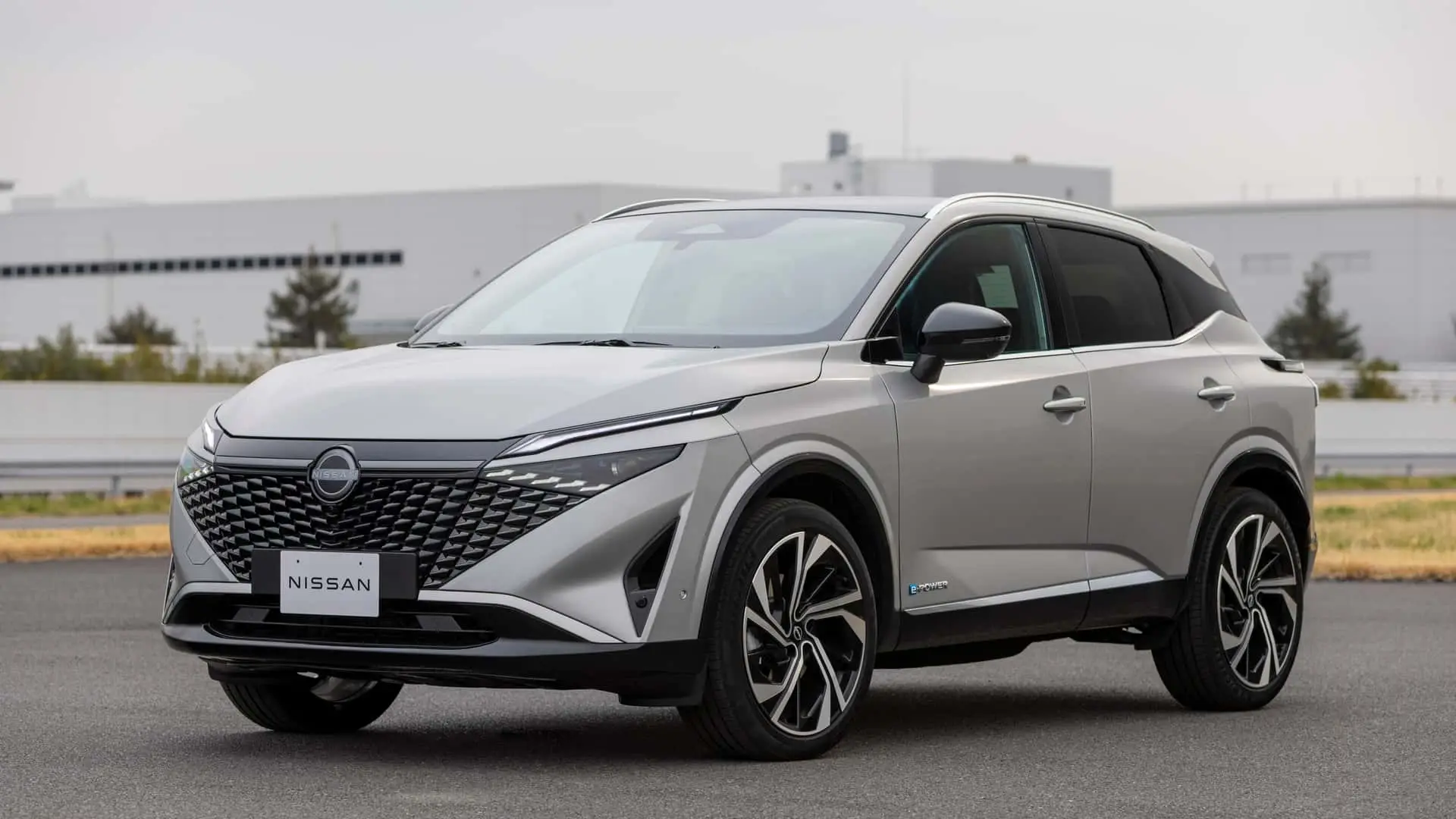
Understanding the Basic Differences
- Parallel Hybrid (Rogue PHEV 2024/25): Both gasoline and electric motors drive the wheels.
- Série Hybrid / e-Power (Rogue 2026): ONLY the electric motor drives the wheels.
- e-Power: Gasoline engine functions as a generator.
- Parallel: Complex management of the motors.
Less Battery, More Smarts? Nissan’s Bet.
While other brands (hey, RAM and Scout!) are focusing on EREVs (Extended Range Electric Vehicles) with massive batteries, Nissan is taking a different route with e-Power. The idea is that since the gasoline engine can send energy directly to the electric motor (via an inverter), there’s no need for a hefty battery in the non-plug-in models.
The advantage? Less weight and, theoretically, more efficiency, since the gasoline engine can always operate at its ideal RPM. The downside? The experience isn’t *exactly* like that of a pure electric vehicle. In current generations (like the European Qashqai), there might be a slight “lag” before the combustion engine “wakes up” to deliver full power. The 3rd generation in the 2026 Rogue promises to improve on this.
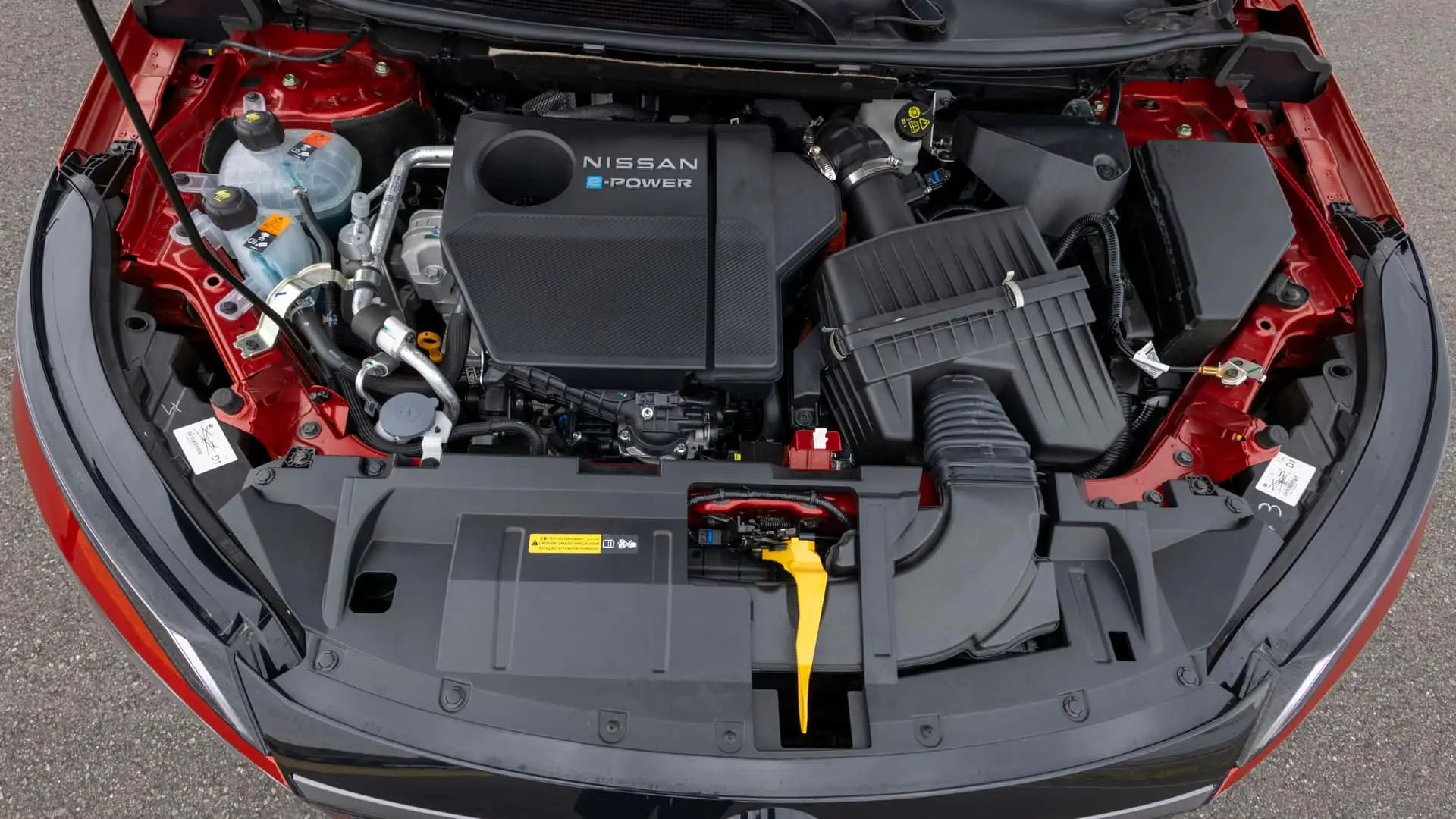
Simplified Approach Comparison
| Feature | Nissan e-Power | Typical EREV (e.g., Ramcharger) | Parallel Hybrid |
|---|---|---|---|
| Gasoline Engine Connected to the Wheels? | No | No | Yes |
| Battery Size | Smaller/Medium | Large | Small/Medium |
| Main Focus | Efficiency/Smoothness | Electric Range | Balance |
| Feeling of Pure EV? | Almost there (3rd gen) | Yes (until battery depletes) | No |
The New Nissan Rogue 2026: Salvation from Despair?
The arrival of e-Power in the Rogue 2026 is a critical moment. Nissan is somewhat “down for the count” in the U.S., with sales falling and discounts becoming necessary. The Rogue, once a sales champion, has lost steam against rivals like the Honda CR-V and Toyota RAV4 hybrids, which are selling like hotcakes.
The new Rogue e-Power, particularly the plug-in version (with an expected electric range of about 42 miles, good for daily use), could be a game changer. The promise of efficiency and a more electric driving experience might attract those who aren’t ready for a full EV but want something beyond a traditional hybrid. Has Nissan finally nailed the timing?
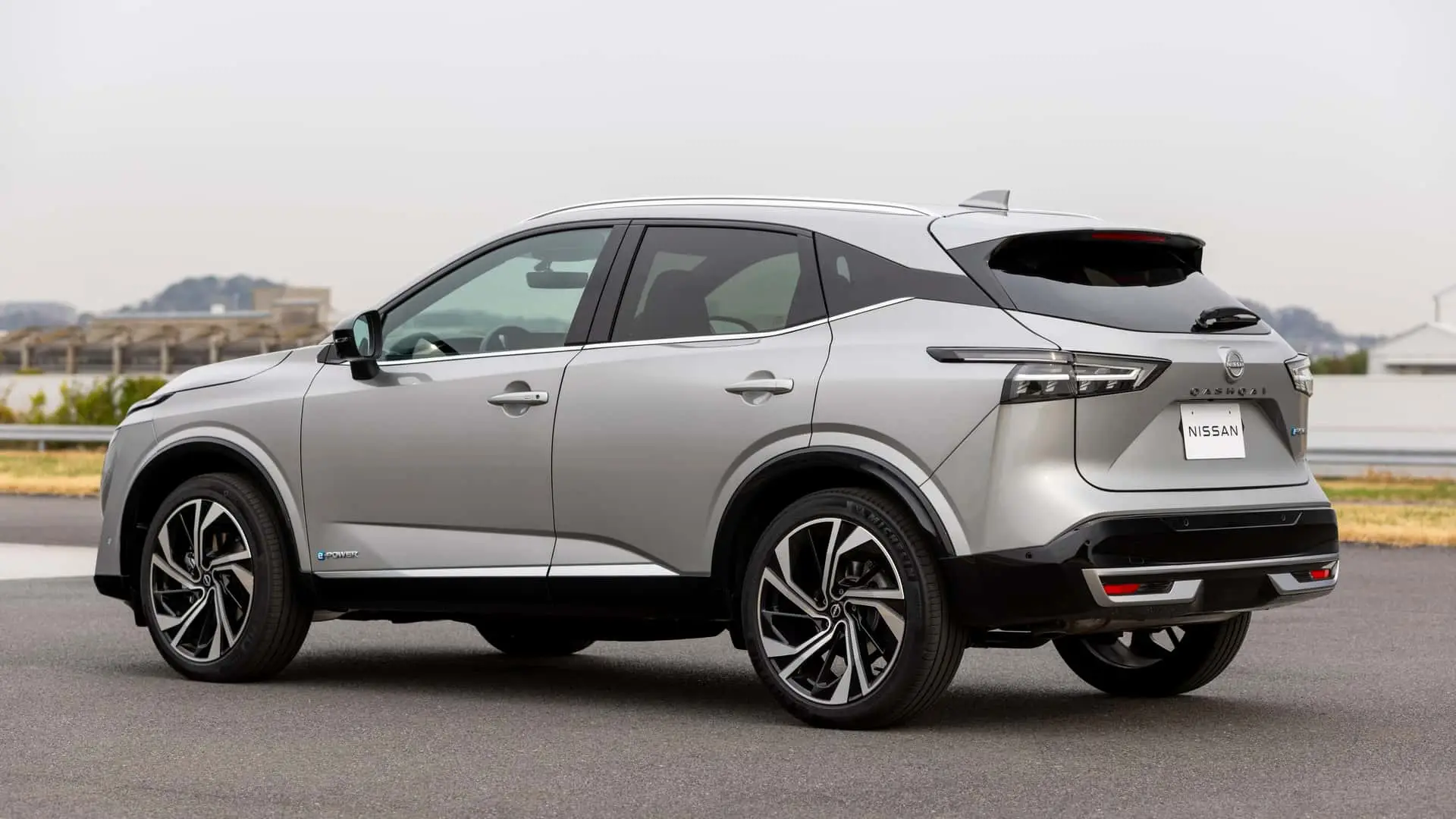
Frequently Asked Questions (FAQ)
- Is the Nissan e-Power an electric car? No. It’s a hybrid where the gasoline engine generates power for the electric motor.
- Do I need to plug in the Nissan e-Power? It depends. There will be regular versions (just fill up with gasoline) and a plug-in version (which can charge at home for greater electric range).
- Is the gasoline engine noisy in the e-Power? Less than in a regular hybrid. Since it’s not connected to the wheels, it runs at more consistent and optimized RPMs, but it’s still a combustion engine.
- Will the 2026 Rogue e-Power be more fuel-efficient? Probably. The optimization of the engine to generate power rather than drive tends to improve fuel consumption.
- Is it better than a Toyota RAV4 Hybrid? It’s different. It offers a more electric driving feel, but Toyota’s reliability and established market presence are strong.
Nissan’s e-Power technology is, at the very least, intriguing. It’s a different approach to electrification that seeks efficiency without relying on massive batteries. The question remains: will this “inverted” bet win over the public and help the brand bounce back? What do you think about a gasoline engine that doesn’t drive the car? Share your thoughts!
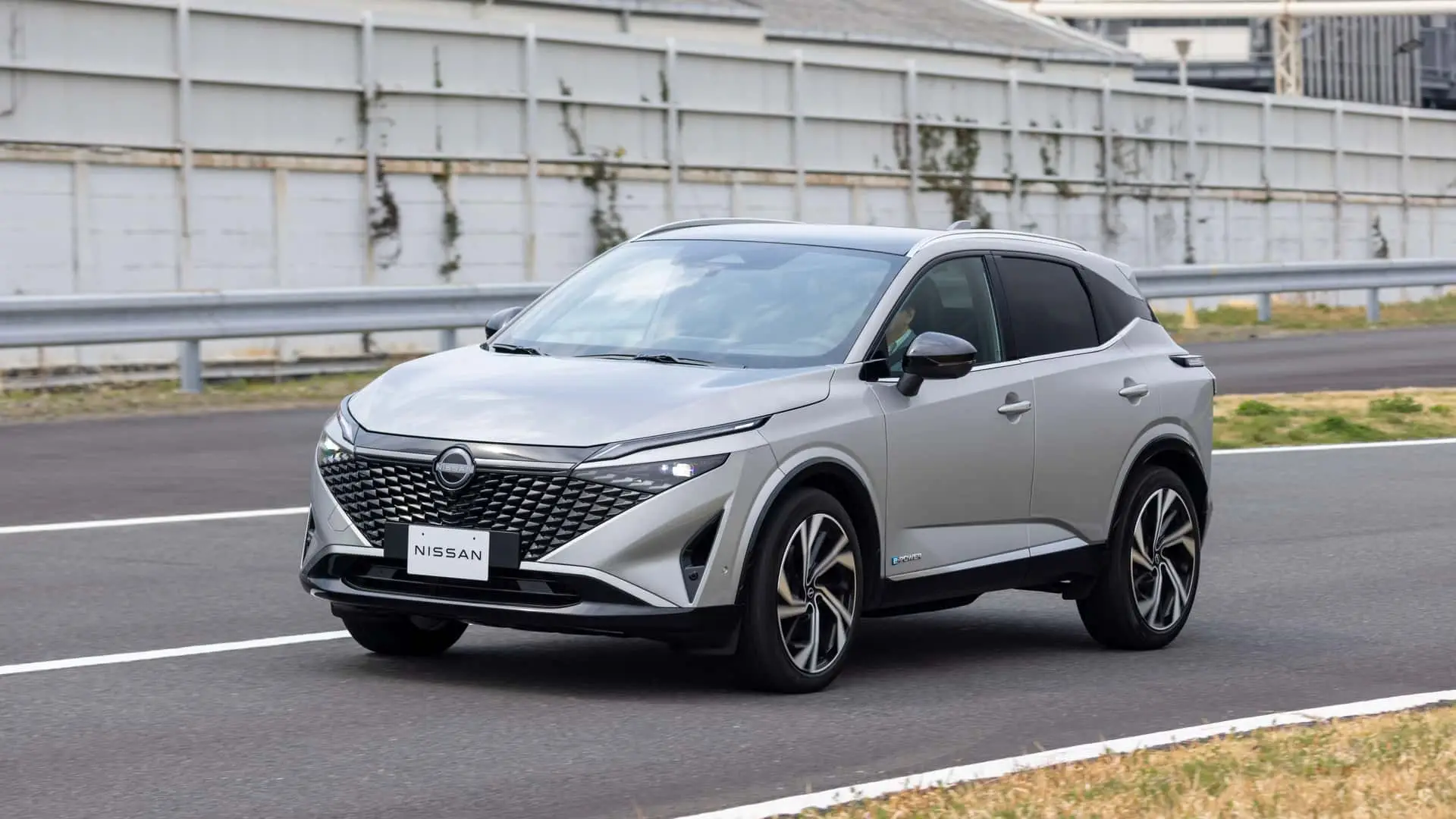
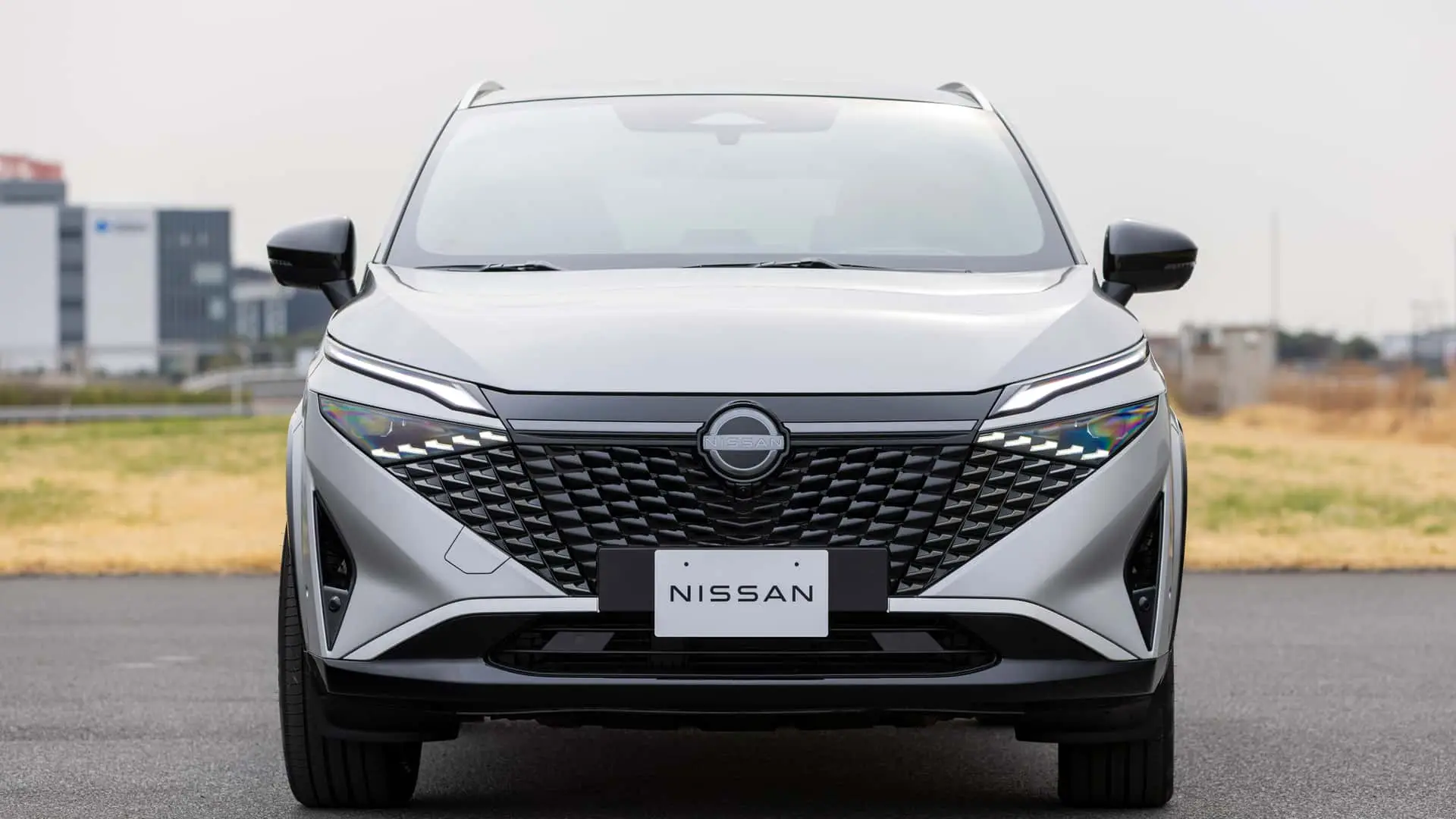


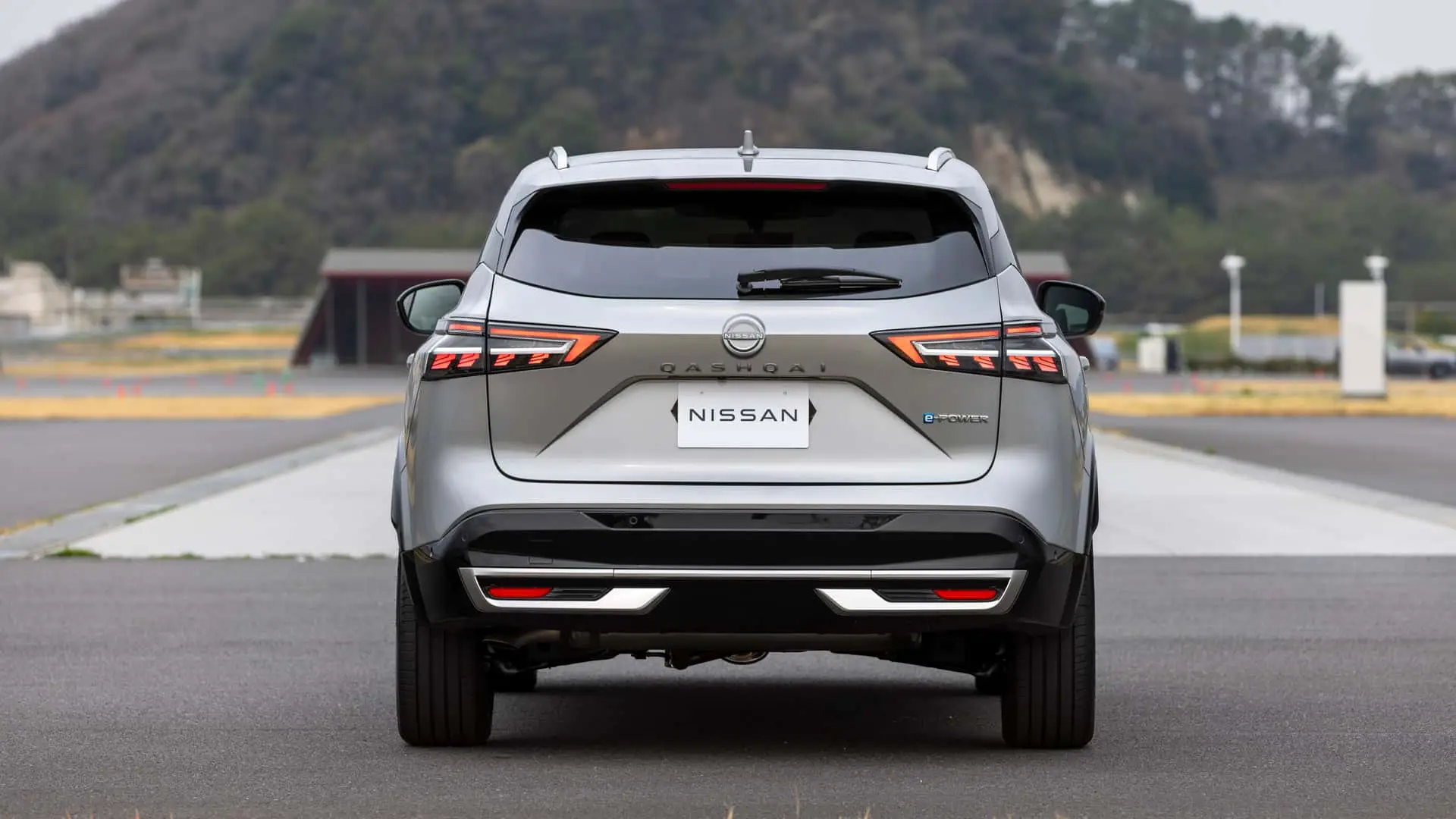
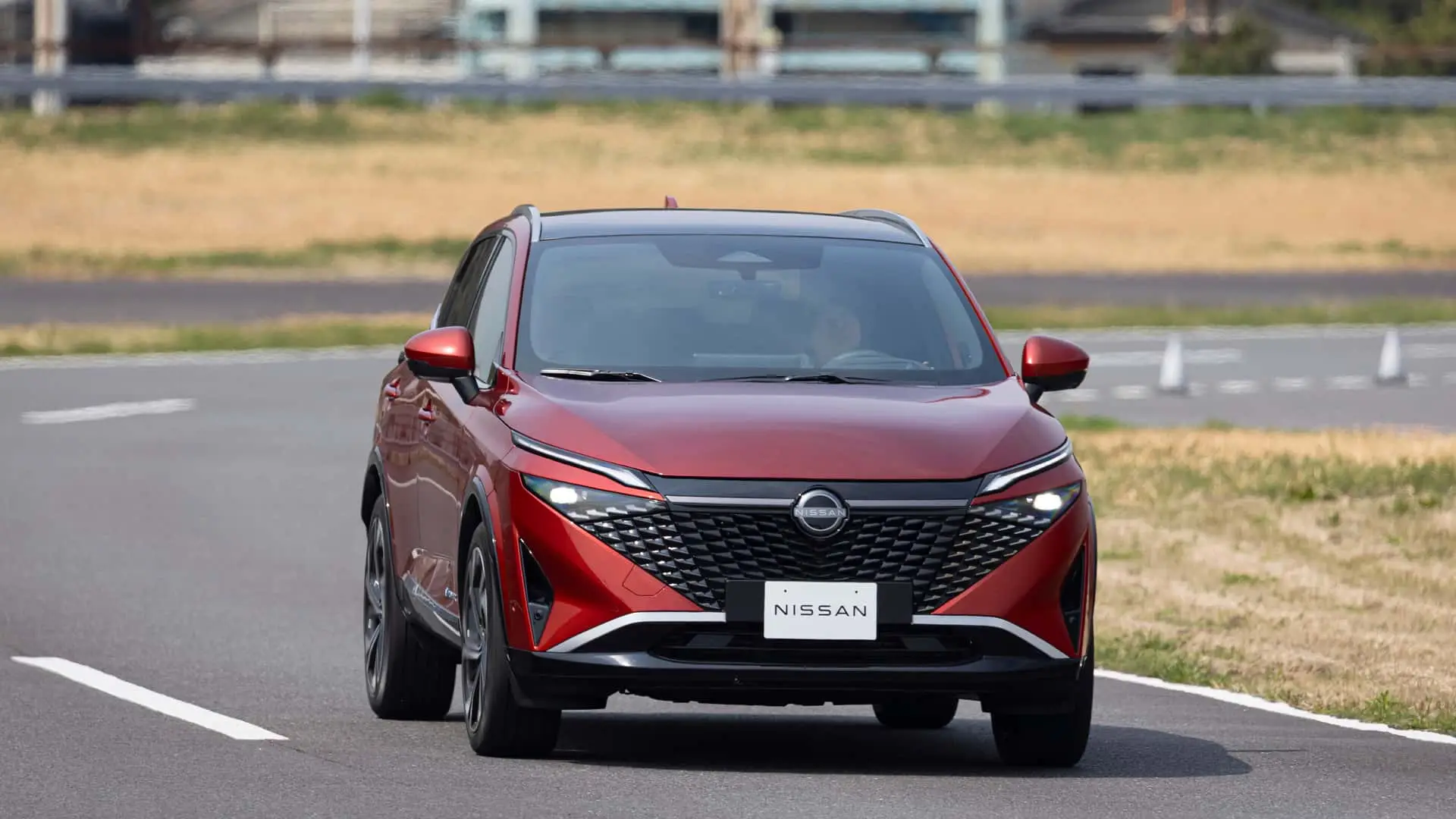
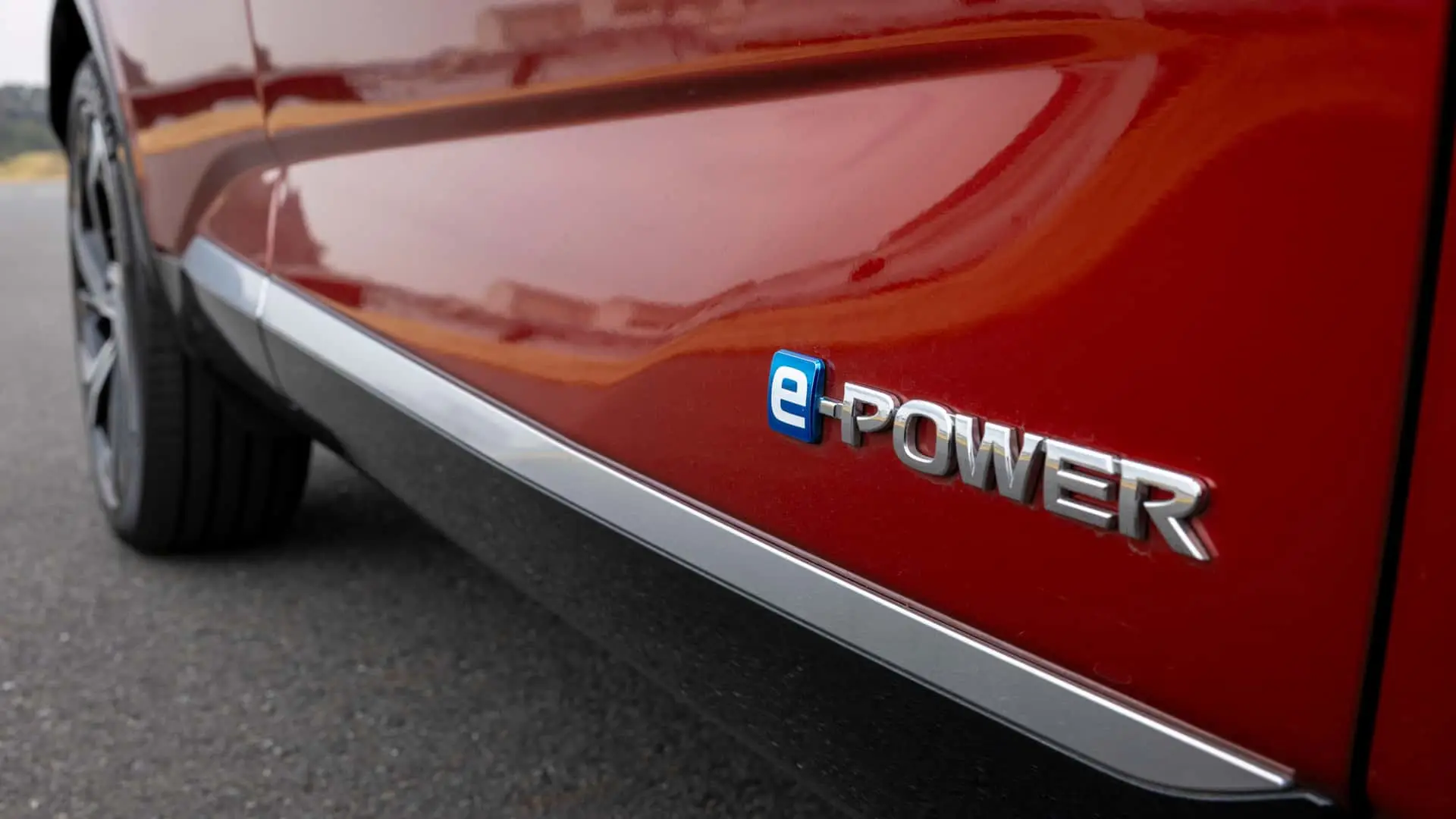
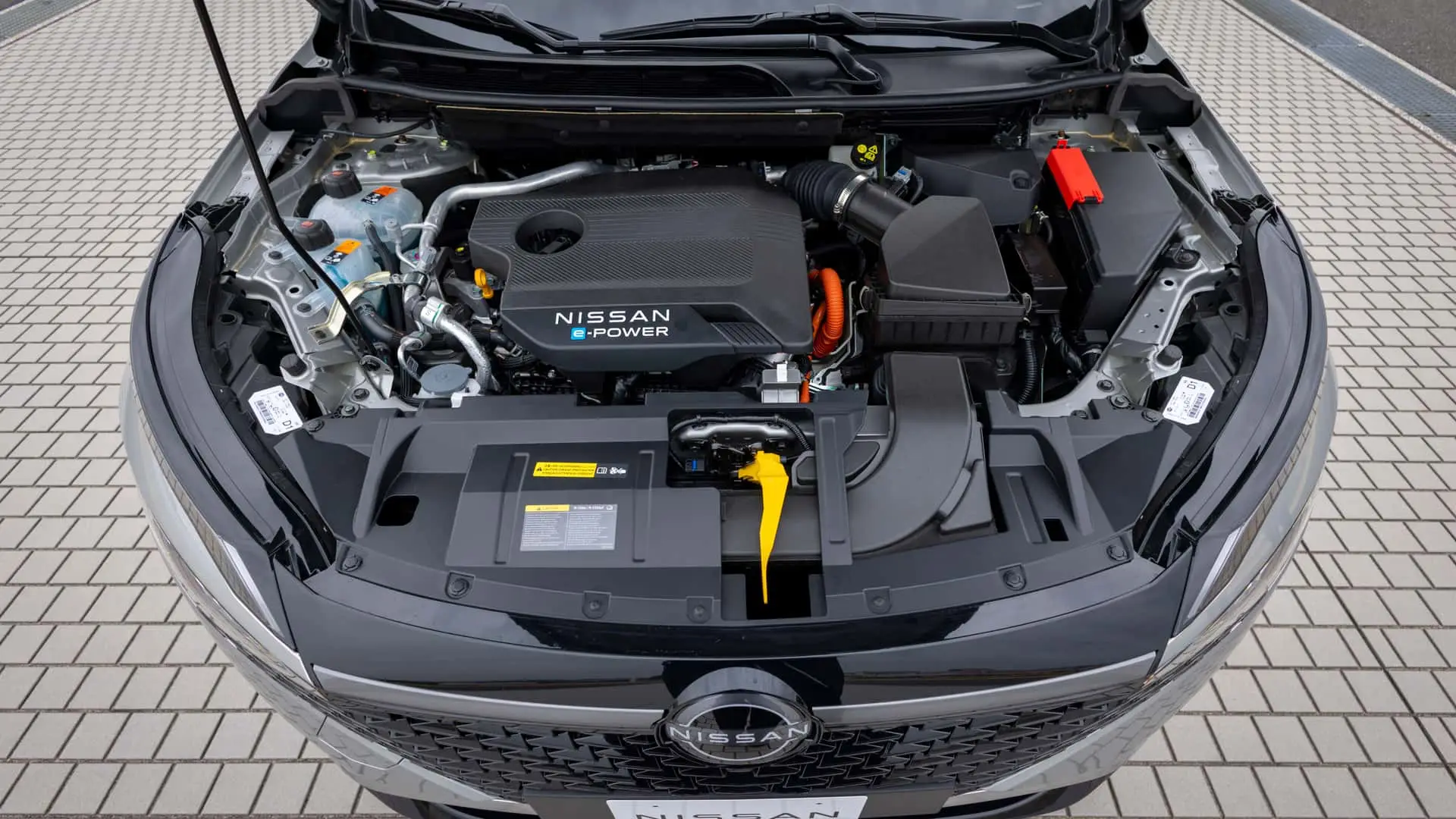

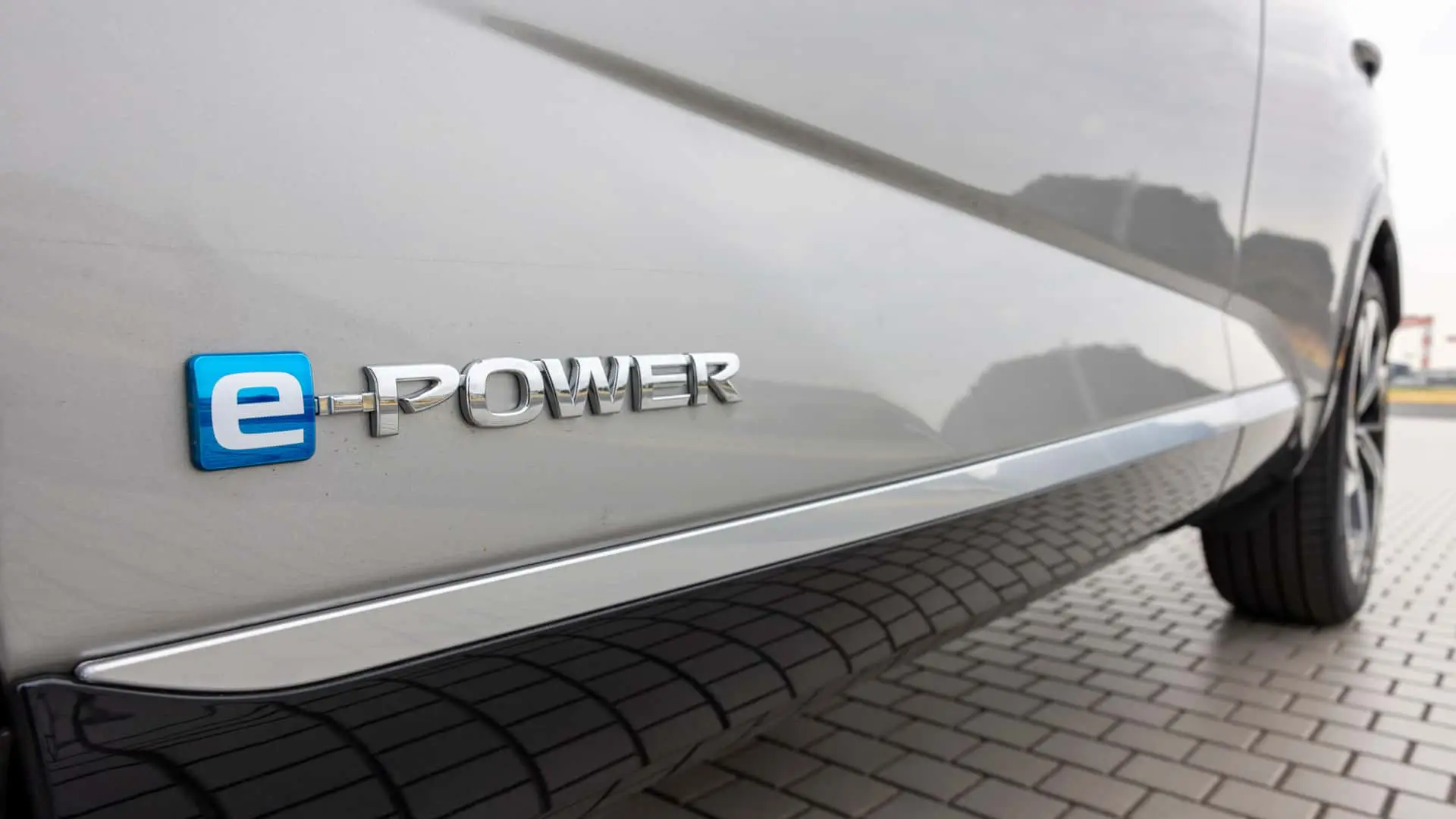

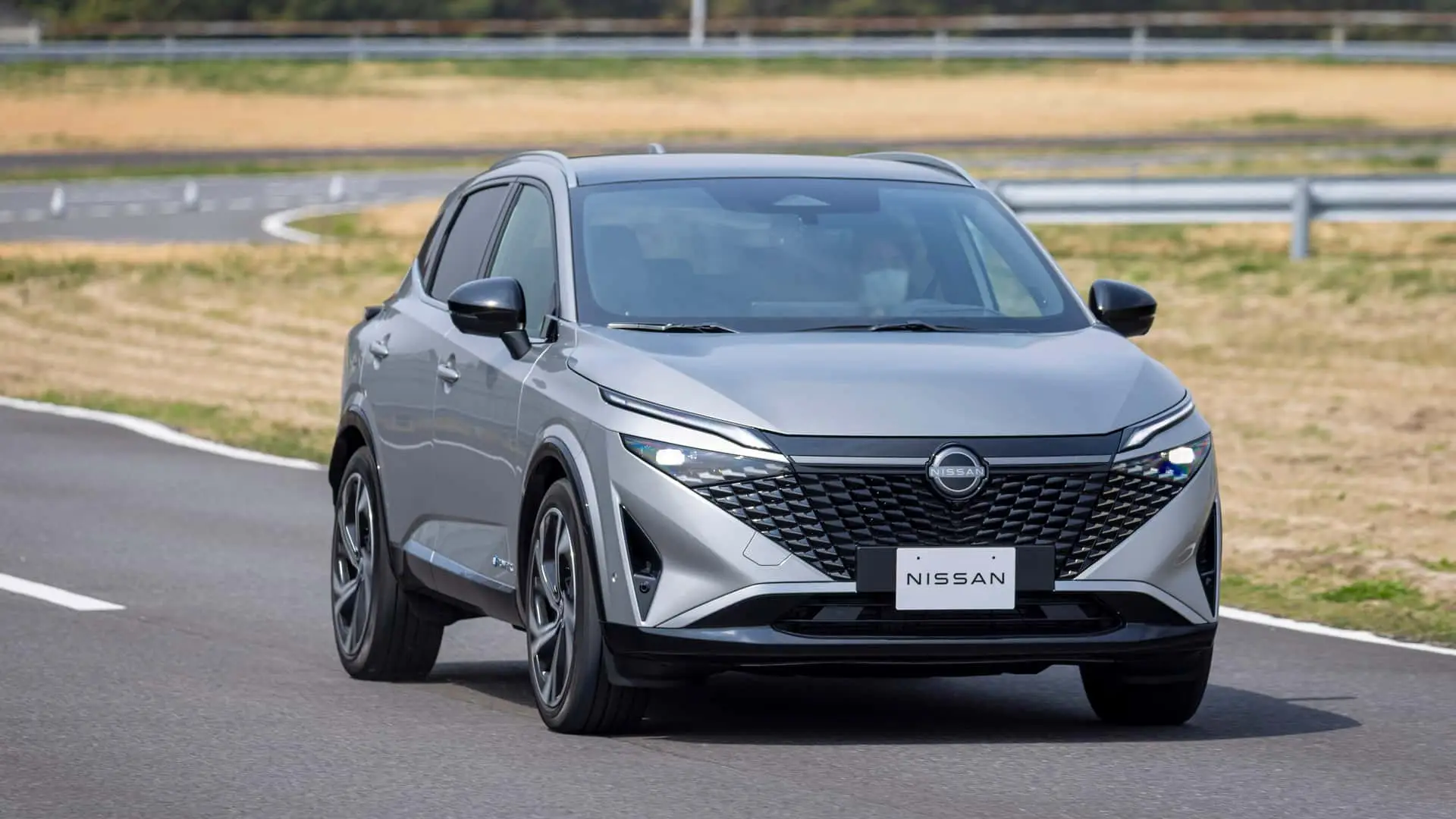
Author: Fabio Isidoro
Fabio Isidoro is the founder and editor-in-chief of Canal Carro, where he has been writing about the automotive world since 2022. Passionate about cars and technology, he began his journey on the HospedandoSites portal and today dedicates himself to creating technical content and comprehensive analyses of national and international vehicles. 📩 Contact: contato@canalcarro.net.br

